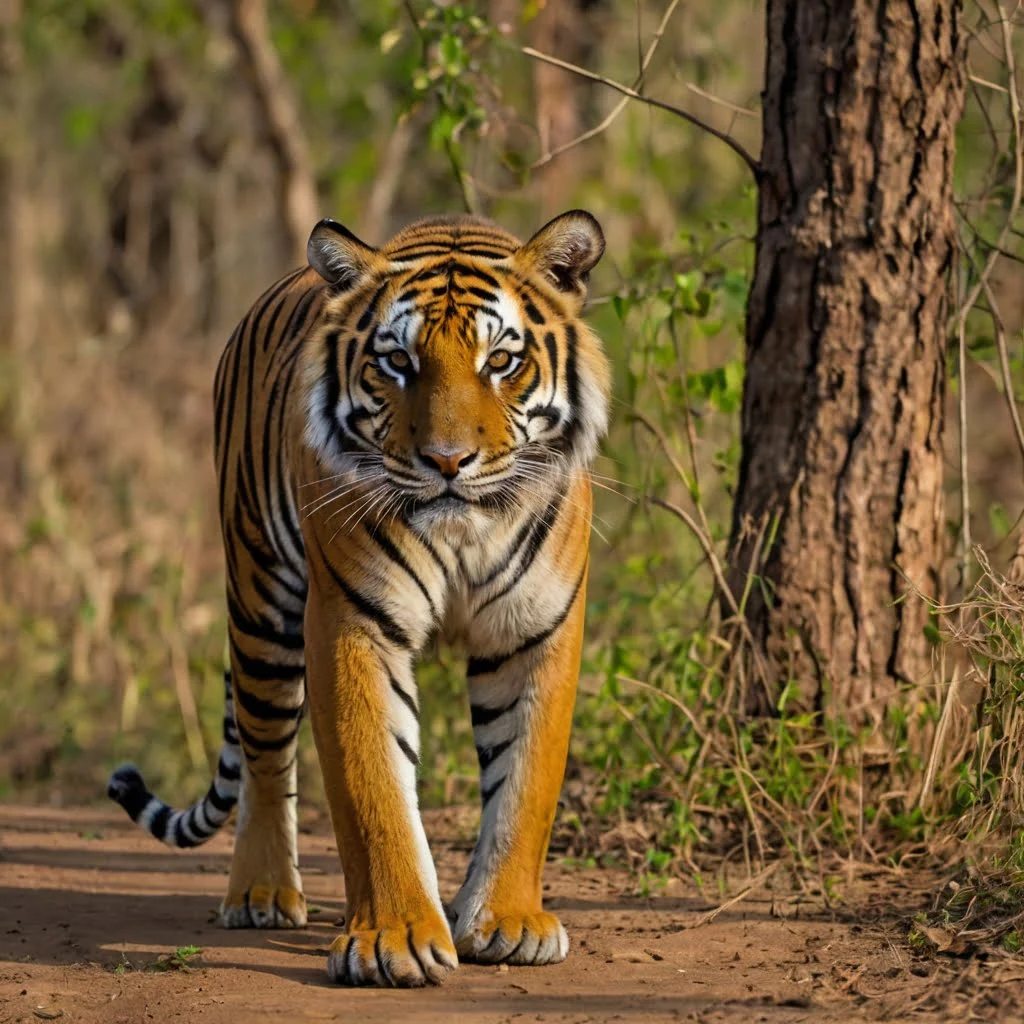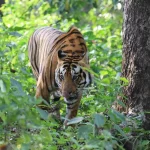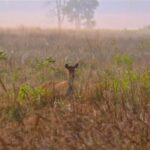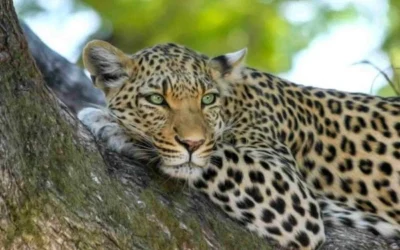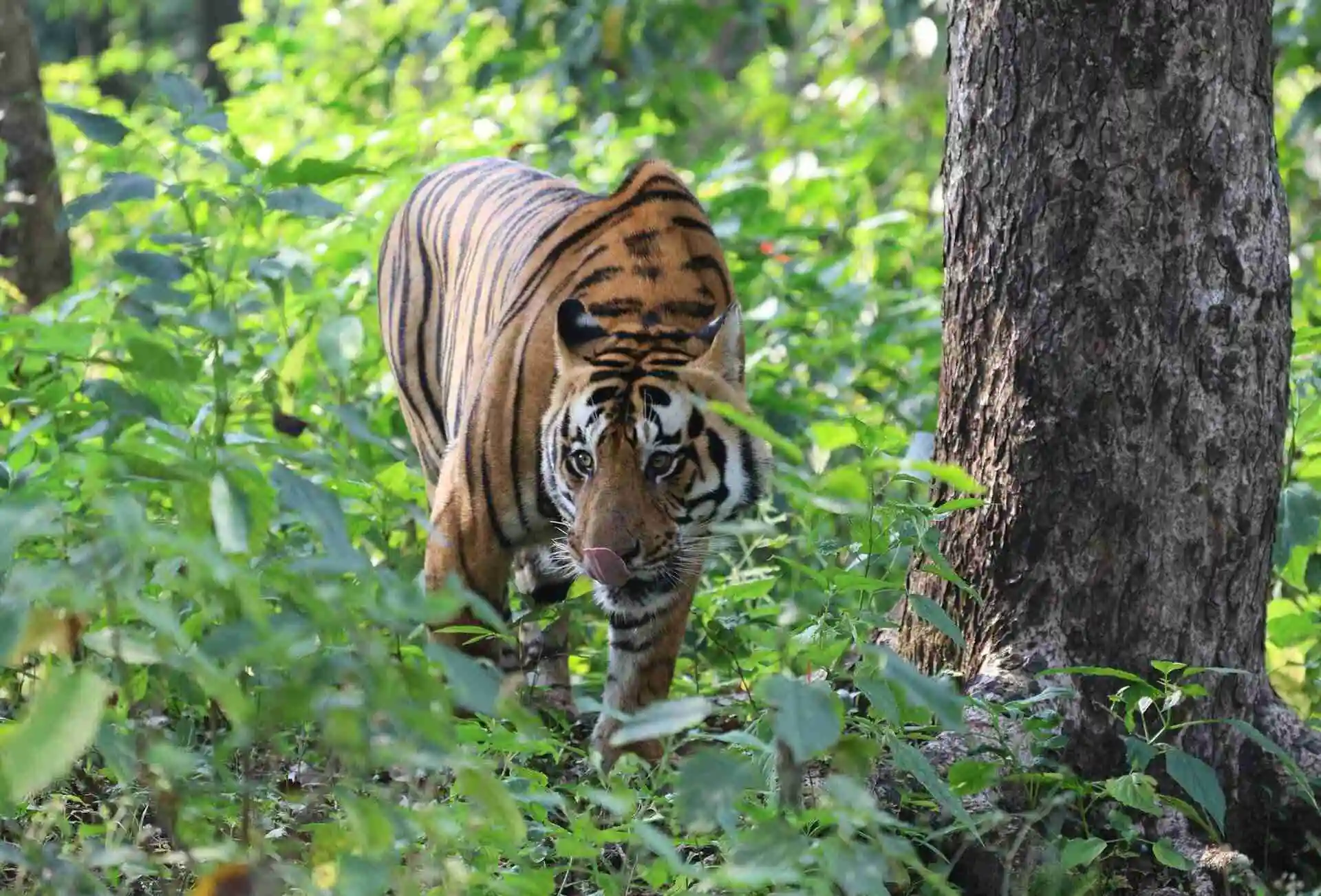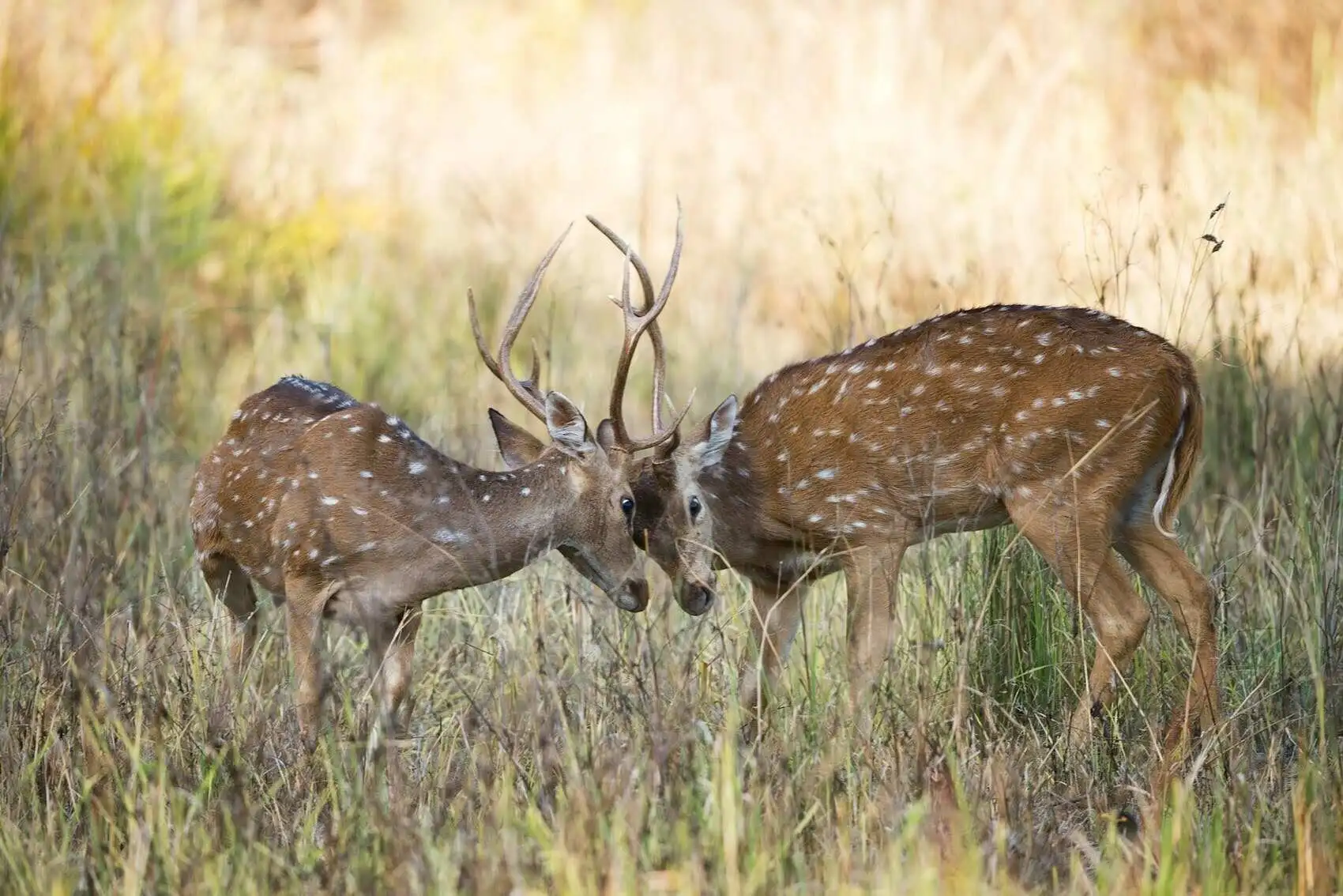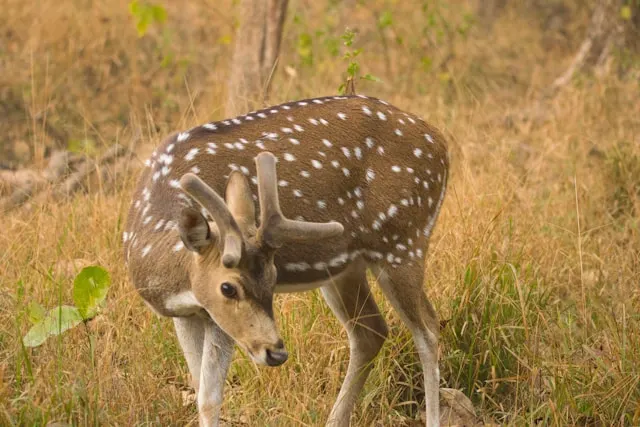The Rich History of Kanha
A Protected Forest Born from Early Conservation Efforts
Kanha was officially declared a national park in the year 1955. Before this, the region faced heavy hunting pressure and forest degradation. Its protection marked the beginning of one of the most successful conservation journeys in India.
The Connection with The Jungle Book
Although Rudyard Kipling never mentioned Kanha by name, the landscapes and many characters described in The Jungle Book strongly resemble the forests and wildlife of the Kanha region. The sal trees, wide meadows, wolves, bears, and big cats reflect the world that inspired the famous tale.
Wildlife Facts Many Visitors Do Not Know
The Revival of the Hard Ground Barasingha
The hard ground Barasingha is the pride of Kanha. At one point, fewer than seventy individuals remained and the species was close to extinction. Thanks to intensive protection and careful breeding programs, the population has now risen to more than eight hundred.
A Sanctuary for Rare and Elusive Species
While tigers are the main attraction, Kanha is also home to several rare animals that are very difficult to spot. These include
- Dholes, also known as Indian wild dogs
- The tiny rusty spotted cat
- Indian wolves
- Sloth bears
Spotting any of these during a safari is a memorable experience.
A Paradise for Birdwatchers
Kanha is home to more than three hundred species of birds. From vibrant pittas to hornbills and raptors, the park offers excellent opportunities for bird lovers, although many visitors remain focused only on tigers.
Ecological and Geographic Wonders
Many Famous Meadows Were Once Villages
Several of the open meadows that define the beauty of Kanha such as Sonf and Bishanpura once held human settlements. These villages were relocated many years ago, allowing the land to regenerate into the grassy plains that now support large herbivore populations.
A Rare Mix of Diverse Habitats
Kanha contains a remarkable variety of landscapes including
- Tall sal forests
- Open plains and meadows
- Bamboo belts
- High plateaus
- Clear streams
This mix of habitats supports an impressive variety of wildlife.
One of the Best Eco Restoration Models in India
The relocation and restoration work in Kanha is considered one of the finest examples of eco friendly park management in the entire country.
The Tribal Culture of Kanha
Home to the Baiga and Gond Communities
The Baiga and Gond tribes have lived in the Kanha region for countless generations. Their traditions and knowledge of the forest have shaped the cultural identity of the area.
Traditional Knowledge that Supports Conservation
Forest authorities often rely on the deep knowledge held by these communities. Their understanding of animal signs, forest cycles, and medicinal plants still plays a valuable role in conservation.
Interesting Tourism Facts
Each Safari Zone Offers a Completely Unique Experience
The park is divided into several zones, each with its own character.
- Kanha Zone is known for wide meadows and Barasingha sightings
- Mukki Zone has dense forests and excellent tiger viewing
- Kisli Zone offers scenic variety
- Sarhi Zone is less crowded and ideal for birdwatching
Most visitors only learn about these differences after multiple safaris.
One of the Best Places in India for Wildlife Photography
The light conditions in the meadows of Kanha create a natural golden glow during sunrise and sunset. This makes the park a favorite destination for wildlife photographers.
Important Park Rules that Few Visitors Notice
Some rules that protect wildlife include
- No standing in safari vehicles
- No loud conversations
- No flash photography
- No feeding or calling animals
These rules ensure a peaceful environment for animals and visitors.
Conservation Achievements that Make Kanha Special
Kanha is known for many long term conservation programs such as
- Scientific park management plans
- Grassland restoration
- Anti poaching patrols
- Community based tourism initiatives
These efforts have made Kanha a model for protected area management.
Tips for Visitors Who Want to Discover the Hidden Side of Kanha
- Explore at least three or four safaris in different zones
- Choose an experienced naturalist guide
- Visit buffer areas for quiet birdwatching
- Spend some time at the Interpretation Zone to learn about Barasingha
- Stay two or three nights to understand changes in wildlife movement
A relaxed and thoughtful visit will reveal the true magic of Kanha.
Kanha National Park is far more than a tiger destination. It is a landscape filled with stories of revival, culture, ecological richness, and natural beauty. Every visit brings new discoveries. The more time you spend here, the more you understand the depth and charm of this remarkable forest.

